Whew! That’s a wrap on Google Cloud Next 2024! This year was extra special to me as it marked a whopping 10 years since my first Google Next (née Google Cloud Platform Live). This year was full of many AI highlights, almost too many to keep track of! While everything announced is well worth digging into, I wanted to spend some time highlighting the new products and features that are a Big Deal™ and make a real difference for customers and their users.
Steve Jobs famously said, “Start with the customer experience, then work back to the technology,” and that is especially true when it comes to emerging technologies like Generative AI. In that spirit, let’s review not only the key solutions, but also how they’ll impact customers, their users, and their teams.
An open, multi-model ecosystem
Throughout the week, the themes of openness and choice kept appearing in keynotes and various sessions. It was evident that, instead of engaging in the back-and-forth competition to build a bigger, better, model (notwithstanding, Gemini 1.5 Pro is a serious feat of engineering), Google was instead focused on building a state-of-the-art platform and ecosystem for AI across the spectrum.
This means that non-Google models like Anthropic’s Claude 3 enjoy the same status as Google’s first-party models like Gemini Pro inside the Vertex Platform. Model-as-a-service features like pay-as-you-go, a centralized billing and monitoring platform, and other capabilities allow users to pick the best models for their use cases without having to consider the trade-offs of selecting non-Google models. Google’s partnership with Hugging Face is an example of this advantage, ensuring that open-source models built by the community can be easily leveraged within Google Cloud.
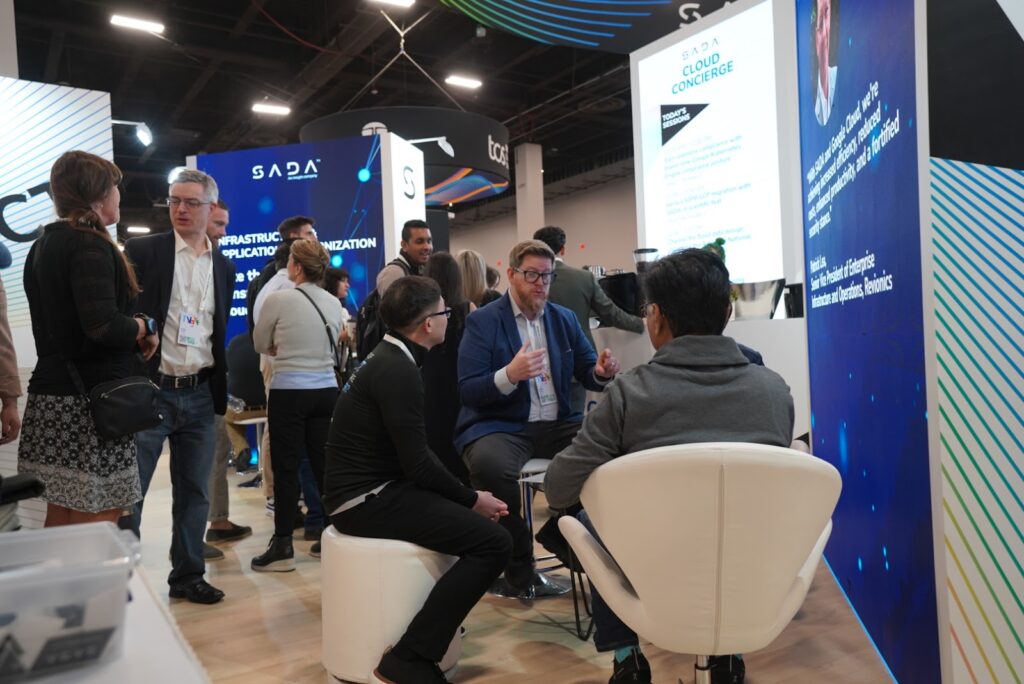
Speaking of open-source, Google released their latest open-source foundation model Gemma a few months back, joining many of their peers in the generative AI space (though, notably, not from the only company with “open” in its name). While an open-source foundation model can have many applications, code assistance and code generation are obvious choices for adding immediate value.
This led to the announcement of CodeGemma, a new open foundation model for code generation, code assistance, unit tests, and other code-related tasks. Naturally, an open model means customers needn’t be dependent on Google’s infrastructure (nor its costs), but as an added benefit, Gemma runs extremely fast on Apple’s latest M3 silicon, meaning developers can run it for free on their development machines.
Why does it matter? Customers of Google’s Vertex platform will have continued flexibility to use the best model that happens to fit their needs, meaning no lock-in. As the generative AI ecosystem continues to grow and evolve, customers can have confidence knowing that they can take advantage of any breakthrough models that fit their needs, irrespective of who built them. Paired with Google’s contributions and support to the open-source community, this represents broad, future-proofed applicability across existing and emerging generative technologies.
Google’s moat exists
A year ago, Google’s famous memo was leaked. In the memo, Google discusses that they have no moat, meaning they don’t have a defensible advantage in the generative AI model development arms race. They claimed that neither they nor OpenAI are keeping up with the open-source community. Many, including DeepMind CEO Demis Hassabis disagreed, but the secrecy around model development across the ecosystem made it difficult to argue for or against open source without solid data points.
Fast forward to Next 2024, and Gemini 1.5 Pro has been made available to the public, complete with its whopping 1 million tokens of context. While newly available to the public, Gemini 1.5 has been available to a smaller audience for many months now. Despite this, there has been no meaningful response from the ecosystem in terms of the size of this context window and the sophistication of the mixture-of-experts architecture Gemini leverages.
One million tokens means 700k words, 30k lines of code, an hour of video, or 11 hours of audio. This enables use cases that require understanding across a huge volume of data, a problem that was previously very difficult to solve. A context window of this size also has the potential to disrupt other generative AI architectures, simplifying the development cycle of some applications.
Google also announced Imagen 2, their latest image generation model. It’s no secret that Google has lagged behind the open-source community with regard to image generation for some time, and the announcement of Imagen 2 represents not only parity with the current state-of-the-art but also new capabilities like the generation of short videos or gifs.
Why does it matter? Larger context windows are a big deal. The ability to have a foundation model that can understand the full context of a long-form video or hundreds of pages of technical documentation (think the US tax code, contracts, standard operating procedures, etc.) enables LLMs to take on new categories of tasks. Further, the technical complexity of building a model to support one million tokens or to create a short video is significant, meaning that Google continues to invest heavily in not only their AI platform but also their first-party models themselves.
Generative AI for enterprise
Even though OpenAI’s ChatGPT was only announced in November 2022, it feels like it’s been decades since those early days of generative AI, due to how much the technology and associated use cases have evolved. With that evolution, we’ve seen countless examples of this technology behaving in unexpected ways, which is to be expected from emerging technologies.
Whether it was a car dealership’s AI chatbot agreeing to sell a car for $1 or exploiting customer service chatbots to answer questions about code (and charging the customer’s license), there have been many reasons that enterprises have hesitated to adopt state-of-the art generative AI.
At Next, Google made it clear that their generative AI approach is to bring these technologies to enterprise users. This means new capabilities like grounding LLMs on Google Search data and ensuring Enterprise Trust for AI solutions based on a customer’s private, proprietary data.
Google’s new Vertex Agent Builder ensures that relevant and accurate information is used in generated content. Behind the scenes, Agent Builder performs common tasks like embedding and storing vector data from customer-provided data such as transaction records or PDF documents. Agent Builder also performs retrieval augmented generation (RAG) automatically and without the need for specialized programming skills, lowering the bar for the adoption of these techniques to improve consistency and accuracy in AI systems.
AI prompt management
Reliably consistent results have been an inherently difficult task in the generative AI space, especially given the freeform nature of human-generated prompts used in LLMs. To combat this, Google announced their new Prompt Management and Rapid Eval tools. This gives teams developing generative AI solutions the ability to control, track, version, and evaluate prompt performance as they would other common software development assets. While not a one-stop solution to consistent generative AI results, this is a major step in ensuring that enterprises have complete control and trust in the AI systems they deploy.
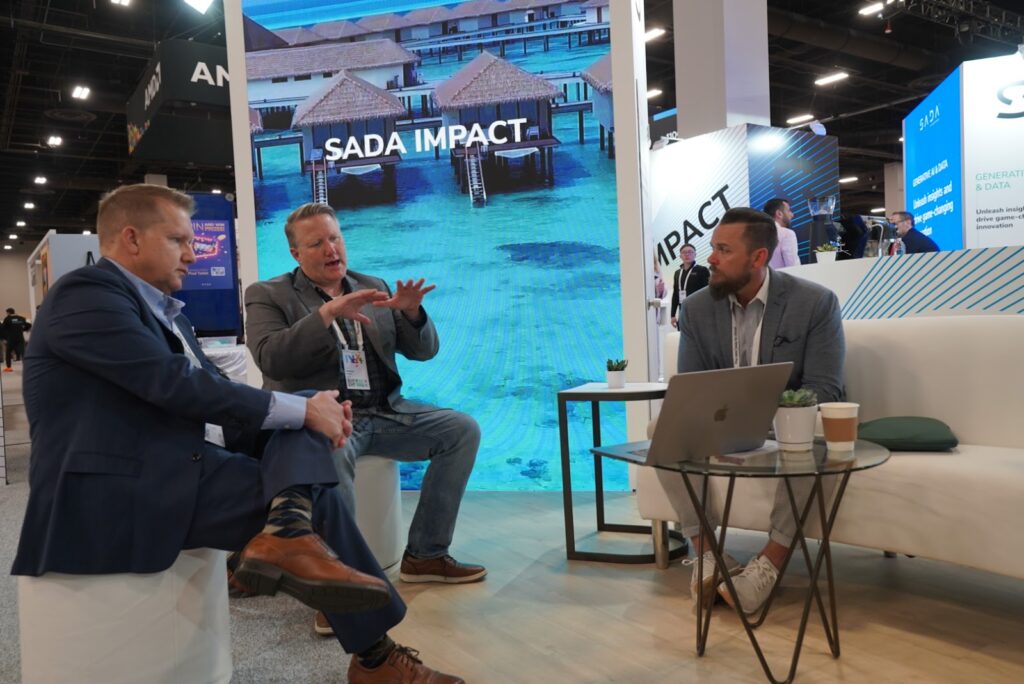
Why does it matter? With the rapid enterprise adoption of generative AI, it’s more important than ever that businesses investing in these tools can control, trust, and scale the solutions they build. With Google’s newest grounding capabilities, prompt management, and rapid evaluation tools, paired with existing Enterprise Truth proprietary grounding tools, organizations can be more confident that their generative AI solutions will behave predictably per their programming.
This means that a customer service chatbot will know about an order that a customer just placed, refer to the company’s product catalog for recommendations, and know when to say “I don’t know” if asked to help with an unrelated question. These advances also ensure that generative AI developers can quickly ascertain the quality of their generated responses and scale their development across teams without sacrificing control.
And don’t forget Google Workspace!
There were a ton of Vertex announcements at this year’s Next, but as my good friend Kelly Wright always says, “and Workspace!” I’d be remiss to skip a ground-breaking announcement of the newest product in Google Workspace: Google Vids!
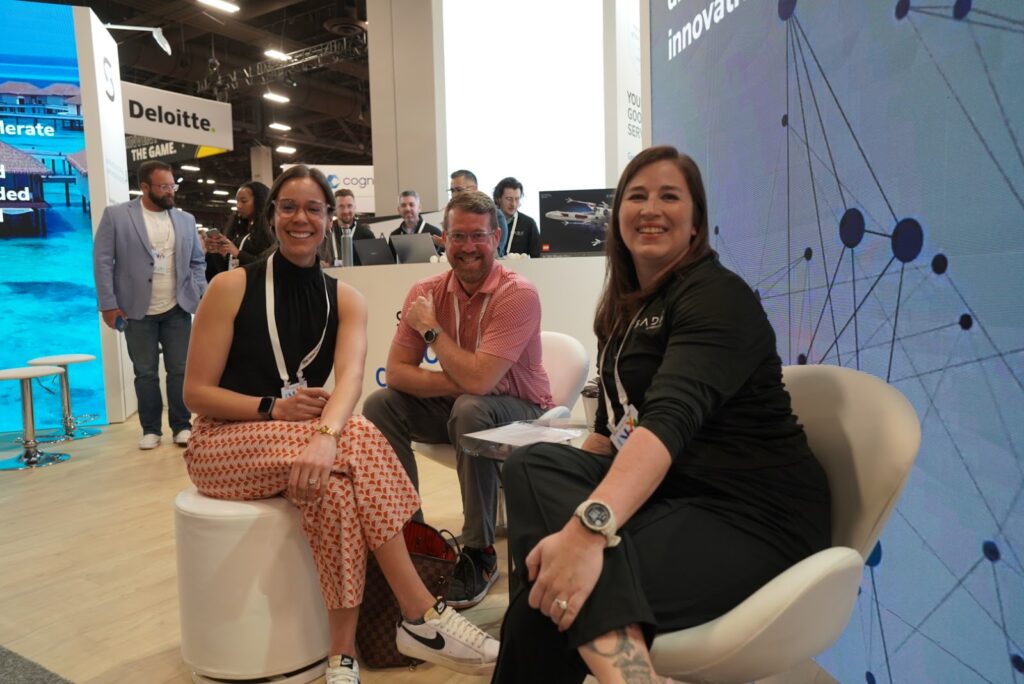
Not only is Vids the first new Workspace product in years, but it’s a complete game changer in the generative AI ecosystem. Google Vids enables a range of use cases, from professional content creators to folks like myself who want to add a bit more professional-grade polish to their content. Google Vids makes high-quality video generation accessible to users of all backgrounds and levels of experience.
Besides Google Vids, we also saw a ton of new generative capabilities added to Workspace, ranging from “auto-magic” note-taking directly from Google Meet, summarization of long threads in Google Chat, and AI-generated security recommendations for Workspace administrators. Not only are these features highly valuable and easy to use, they also represent the ultimate promise of Gemini and the Vertex platform: scalable, grounded implementations of generative AI in which the technology disappears behind the value created for the end-user.
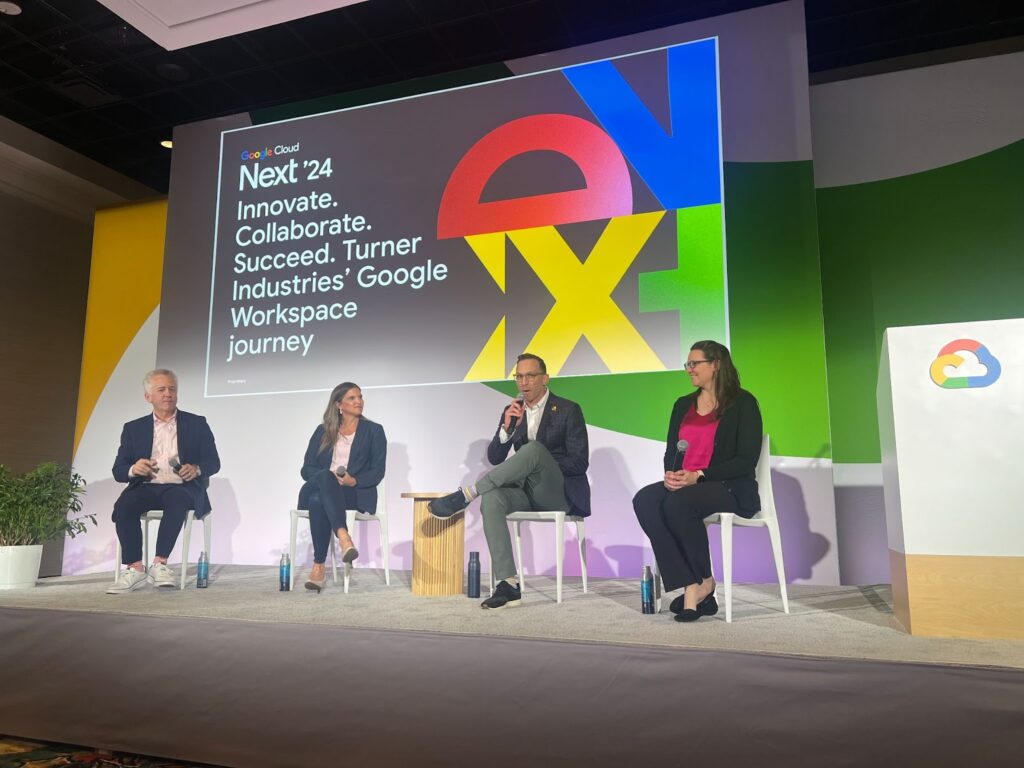
Why does it matter? Gemini features within Workspace, whether it be Google Vids or summarization in Google Chat, means that Workspace gets even better. End-users gain productivity and have access to context-aware generative AI tools within the platform they already know and use. This further lowers the accessibility bar for generative AI, providing it to Workspace users, administrators, and the businesses they support.
Embracing the future with SADA
And to think these are only a few highlights of the many exciting announcements from Google Cloud Next 2024! From the honor of being named Google Cloud Global Sales Partner of Year for the seventh time, to being named 2024 Specialization Partner of the Year Award for Location-based Services, this was a year that our customers’ numerous wins and achievements rubbed off on SADA in a big way.
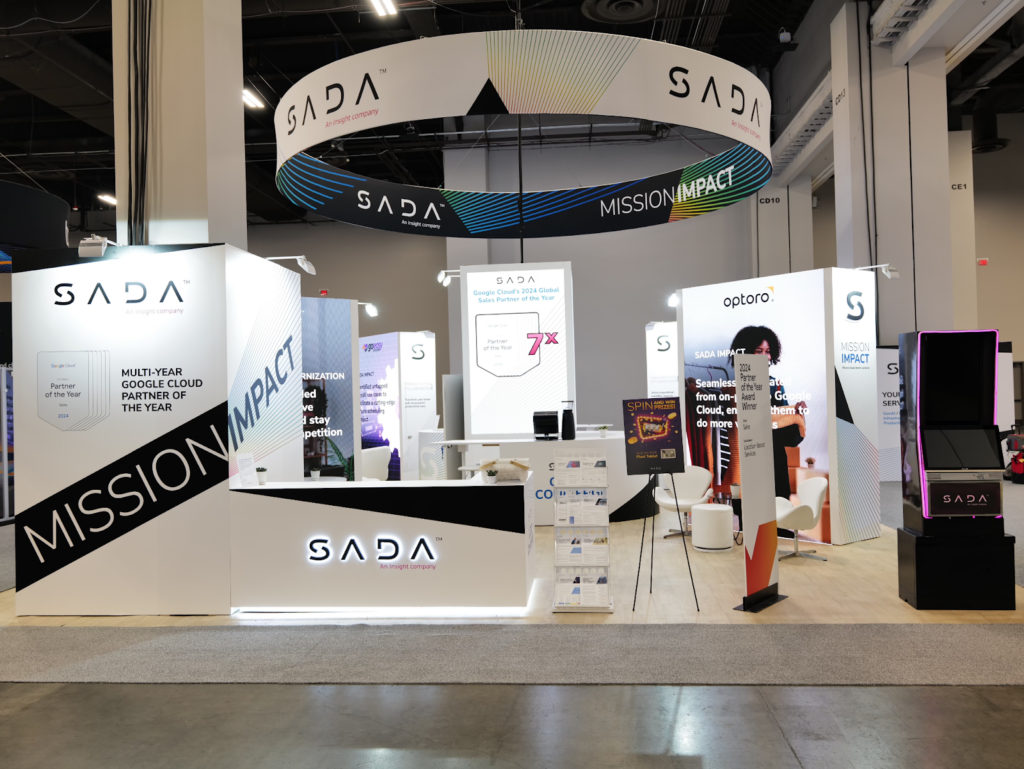
Google Cloud Next 2024 was an occasion to consider the mission impact we’re making together, and set a bold course for the future. We’re especially excited to continue helping customers make use of generative AI tools and products and look forward to enabling the most challenging use cases. Learn more about our generative AI capabilities and feel free to schedule a complimentary discovery call when you’re ready to take the next step.
See us at the Cloud Transformation tour!
Google Cloud Next 2024 was just the beginning of what looks to be a burst of innovation coming to Google Cloud. Join SADA as we hit the road on our North American Cloud Transformation tour of insight, demos, and deep-dive networking opportunities that explore GenAI, collaboration tools, cloud security, and much more. We hope to see you soon in a city near you!



